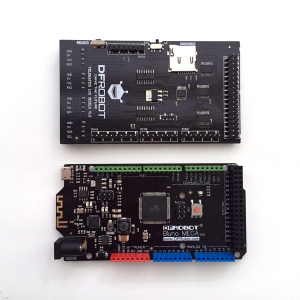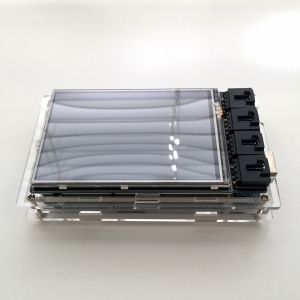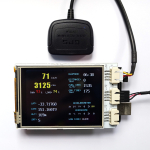Here is a simplest touch screen test sketch (display X,Y on serial) using UTouch library for common Arduino LCD shield.
#include <UTouch.h>
UTouch myTouch( 6, 5, 4, 3, 2);
void setup()
{
myTouch.InitTouch();
myTouch.setPrecision(PREC_MEDIUM);
Serial.begin(115200);
}
void loop()
{
while (myTouch.dataAvailable())
{
myTouch.read();
long x = myTouch.getX();
long y = myTouch.getY();
if (x != -1 && y!=-1 && x != 319)
{
Serial.print("X=");
Serial.print(x);
Serial.print(" Y=");
Serial.println(y);
}
}
delay(20);
}
Tested with


Newly released Telematics Shield with 3.5″ LCD (R61581 controller)












